Monda Costa stands chest deep in the sea. The baking mid-morning sun illuminates the blue water as she peers at a square on the seafloor. Two others from Monda’s home island of Ataúro and a volunteer from Australia assess the same ground. Where an untrained eye would only see drab plants, the team recognises and records two species of seagrass—Thalassia hemprichii and Syringodium isoetifolium. Their work is part of a community-based monitoring (CBM) programme established by Blue Ventures to involve Ataúro’s residents in collecting baseline data on seagrass beds—a first step in longer-term efforts to empower communities to protect these and other threatened habitats.
Ataúro Island is in Timor-Leste, which lies within the famed Coral Triangle. So called for its incredibly diverse and teeming reefs, the Coral Triangle has long supported coastal people, like Monda and her family, with its rich resources. The area is also a magnetic destination for scuba divers and other tourists who come to see the spectacular reefs bustling with bright fish and other alluring creatures. Yet without seagrass, these reefs could not flourish.
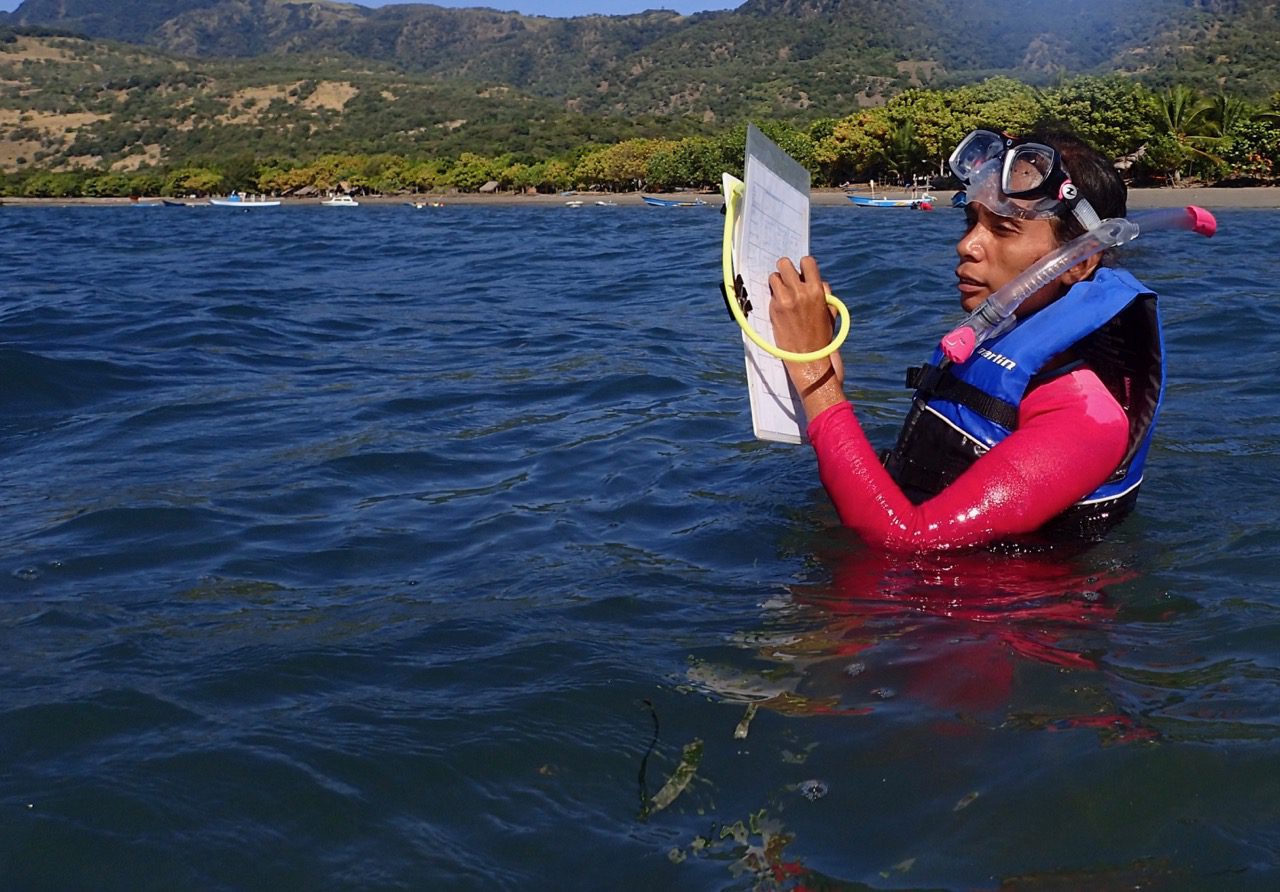
Monda Costa recording data during a seagrass survey | Photo: Christina Saylor
Protecting a marine powerhouse
Seagrass Facts:
• There are 70+ species of seagrass
• While they occupy only 1% of the world’s seafloor, they store 18-20% of all blue carbon
• 1 acre of seagrass produces 15 million litres of oxygen in 1 year
Seagrasses are flowering plants that form meadows in shallow waters. These meadows are ecological superstars. They trap carbon and produce oxygen, act as nurseries for young reef fish and provide grazing grounds for crowd-pleasing animals like green turtles and dugongs.
Protecting these valuable habitats is a priority in Timor-Leste, but scientists, community members and decision-makers need more information about the location, composition and use of existing seagrass beds.
Change lies within community hands
Fourteen people from local villages, half of whom are women, have come to take part in seagrass surveys on this particular morning. They are eager to participate and with good reason.
Monda and several others are from Biqueli village, where traditionally, men have fished seagrass beds and coral reefs for food and income. Women have also been active fishers as well as tending the many needs of households and children. Days were long and filled with the hard work of subsistence living, but the sea and land provided for them. Now, as in other coastal areas, resources are dwindling as global and local factors affect the health of marine ecosystems and demand changes from coastal communities .
In Timor-Leste, the power for change lies within each community. Establishing locally-managed marine areas (LMMAs) is a decision made and enforced by villages through the customary law of tara bandu. Informed voices are a critical part of this decision-making.
I can now tell my community about why seagrass is important for the fish and why it’s good to protect the seagrass beds. Seagrasses provide food for fish, turtles and other animals. And one day more tourists will come and want to see the seagrass and the fish and turtles,” says Monda. “We don’t want people from outside to decide how our resources are used. We need to control and protect our resources.”
Nick Piludu, Blue Ventures’ Country Manager in Timor-Leste, explains why engaging communities in monitoring is important:
We work with local communities to develop ways to manage their marine resources sustainably by involving them in monitoring and supporting them to identify alternative livelihoods, which is important to ensure that conservation can make financial sense. Together with our other initiatives, the CBM programme on Ataúro helps communities to understand and be in charge of their own natural resources.”
Community empowerment for women and men
CBM participants receive training on the ecological role and the economic value of seagrass meadows. They also learn technical skills for conducting surveys—from laying measuring tape on the seafloor to identifying species and sediment types. Training is voluntary, but once they pass certification tests, surveyors are paid for their time.
Blue Ventures’ Conservation Assistant Jenny House, who is leading the CBM programme, notes that augmenting and tailoring training is critical to helping participants succeed.
We want the CBM programme on Ataúro to be accessible to as many community members as possible. Some, for example, have less confidence in applying mathematical concepts while others are not skilled swimmers. So we spend time practising percentage calculations and conducting swimming lessons with those who need it,” says Jenny.
“It’s challenging, but we have seen a strong commitment. People on Ataúro are embracing this opportunity to become involved in conservation.”
This tailoring is particularly important because it ensures women can participate. Traditionally, Timorese women have had fewer opportunities than men to earn an income or be active voices in community decision-making. When asked why she participates, Monda is quick and sure:
“The seagrass monitoring programme gives me, as a woman, an opportunity to participate in an activity that is important to the community.”
Surveying seagrass is hard work
Communities First:
Blue Ventures established its community-based monitoring model 14 years ago in Madagascar where community members record data on octopus catches. Communities now independently collect this data and use it to maintain more sustainable fisheries. This model aligns with Blue Ventures’ “communities first” approach, which is designed to empower and enable communities to make the changes they feel are needed in order to conserve their resources.
Before the group heads into the water, Jenny teams up with Blue Ventures’ Community Conservation Coordinator Oldegar Massinga to give a briefing in the Timorese dialect Tetun and to answer any questions.
Monda’s hand shoots up. “Can we have more information to take home with us, and can you schedule more surveys?”
Smiles light several faces as Jenny explains that more sessions are being planned.
Each survey team also includes one or two volunteers, who have come to Ataúro from Australia, Germany, Singapore, the U.K. and the U.S. to take part in a Blue Ventures expedition. Volunteers and community members practice their Tetun and English, respectively, as they pick up gear and data sheets and walk to the beach.
Fellow Biqueli resident Amos Da Costa, who is a Blue Ventures Dive and Science Assistant, and Moises Alves from Beloi Village join Monda in the water along with a volunteer from Australia. After laying a 50-metre transect tape and marking GPS coordinates, the team moves along the tape recording a series of measurements and data every 10 metres.
Jenny has planned the survey for low tide to make it easier for less advanced swimmers, but it’s still hard work. A current is moving steadily along the coast, forcing the teams to hold ground and kick strongly while underwater, plus the tiny stinging hydroids that love seagrass are fierce and plenty.
At each stop, the team estimates depth and notes the type of sediment—silt, sand or gravel. They then drop a quadrant of PVC pipe onto the seafloor and estimate the total percentage covered by seagrass followed by the percentage of each species. Finally, they document the amount of seaweed/algae. The team works together, reaching a consensus before recording data—a process they will repeat 15 times.
Afterward everyone’s hard work is rewarded with coffee, tea and lunch and the knowledge that the data they collected will, in time, help drive conservation strategies.
Opening doors to collaboration
The CBM programme is just one example of how Blue Ventures is collaborating with community members on conservation initiatives. Monda’s commitment to the programme is a sign of a broader movement on Ataúro. Villages across the island are establishing tara bandus that regulate the use of local reefs and seagrass beds. Recognizing the value of collaboration, they are looking to Blue Ventures for help.
Get involved in seagrass monitoring yourself as a marine conservation volunteer!
Special thanks to Blue Ventures volunteer Christina Saylor for writing this blog and providing the photos.
Blue Ventures would like to thank our supporters and funders including the Darwin Initiative through UK Government funding, the GEF through UNEP under the Dugong and Seagrass Project, and Wilstar.
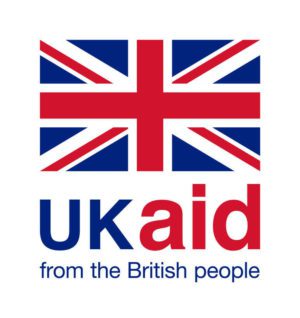
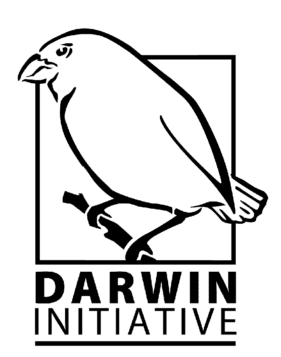


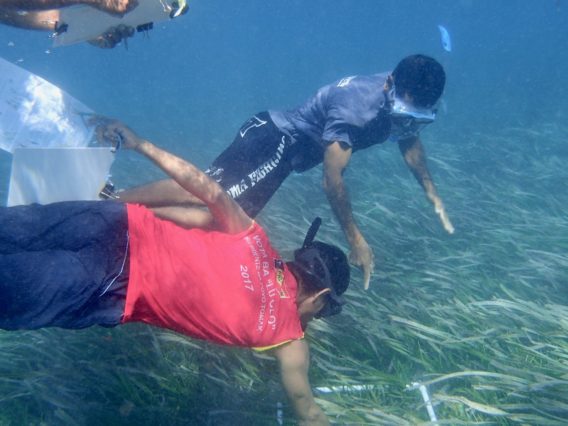
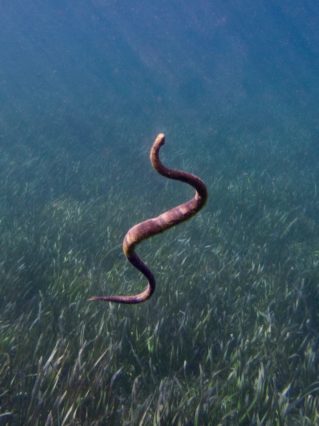
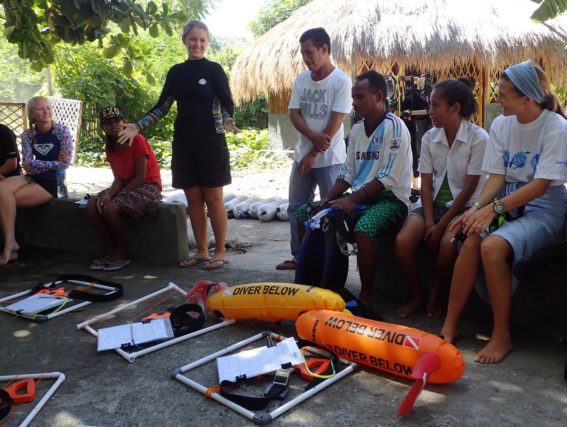
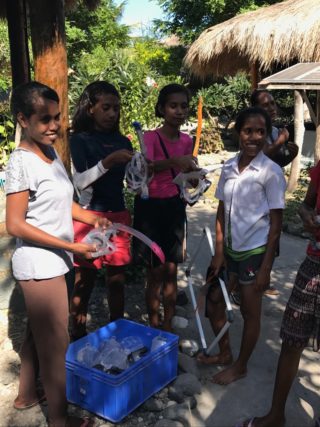
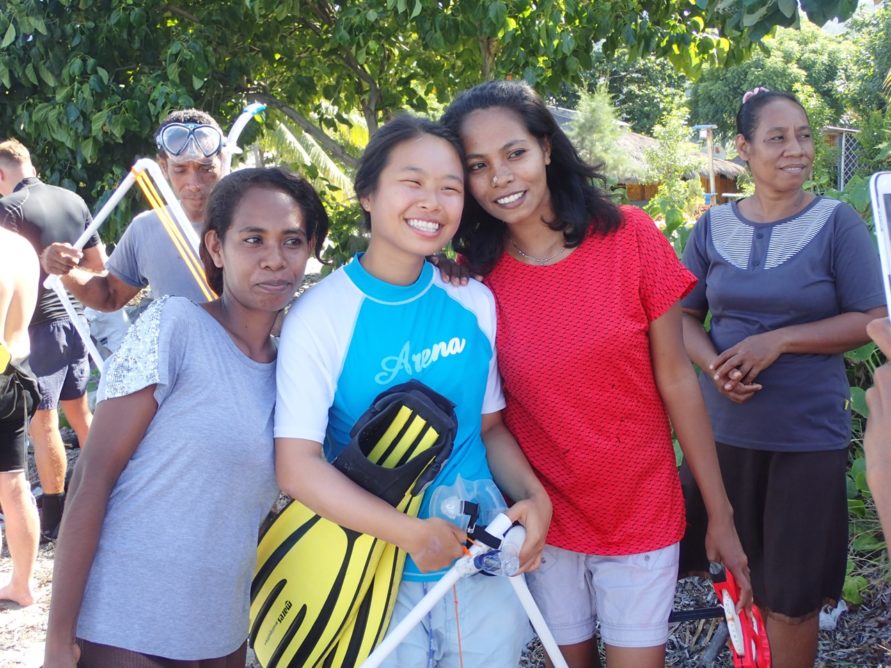
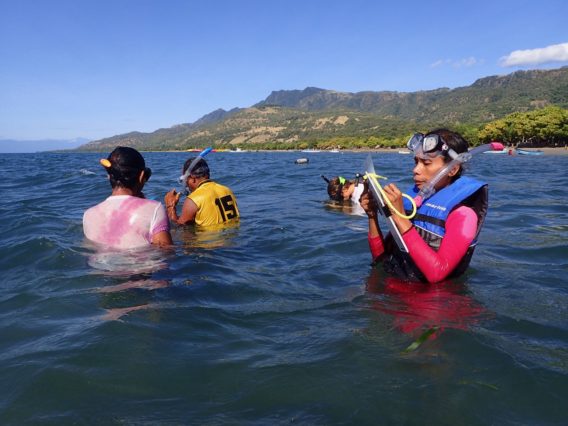
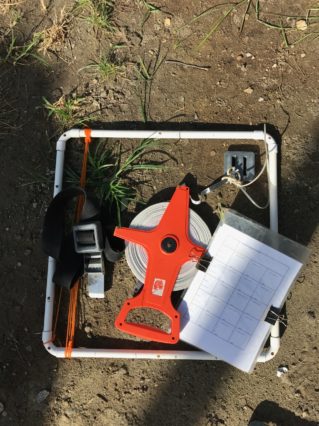
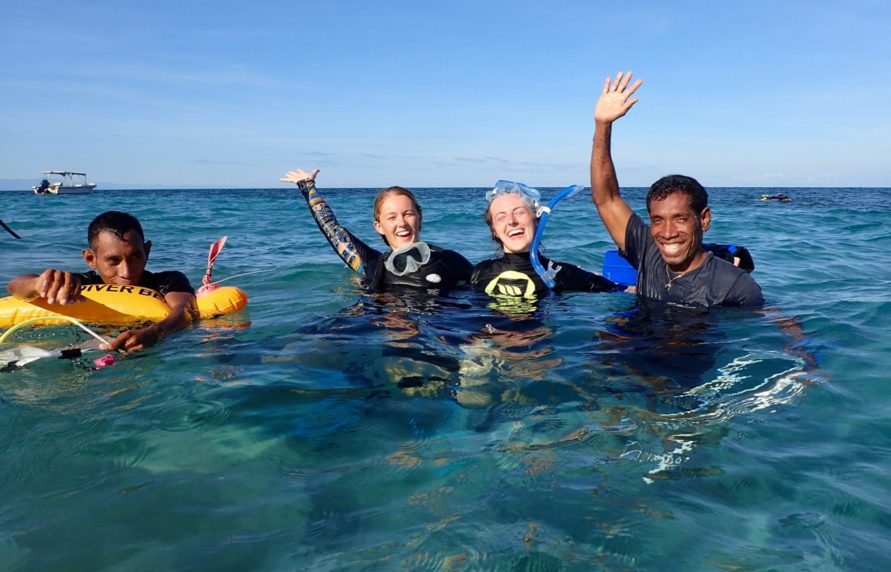
I am happy to see that the sea grass surveys are continuing and that community involvement remains strong. As a former Atuaro BV volunteer diver, it is encouraging to see what we started continue and go forward.
I manage a seagrass monitoring program in Queensland, Australia and wondered what methodology you use in your data collection and how you are storing/managing your data. It would be great to link up an compare and discuss similarities, impacts, solutions and education campaigns?
Thanks for your comment Rachael! Our team will be in touch. Best wishes.
Hi there, I was wondering if the research you’ve done on seagrass can be accessed by the public? I’m particularly interested in what species of seagrasses have been recorded and how large the seagrass beds are in different parts of Atauro Island. Thank you 🙂